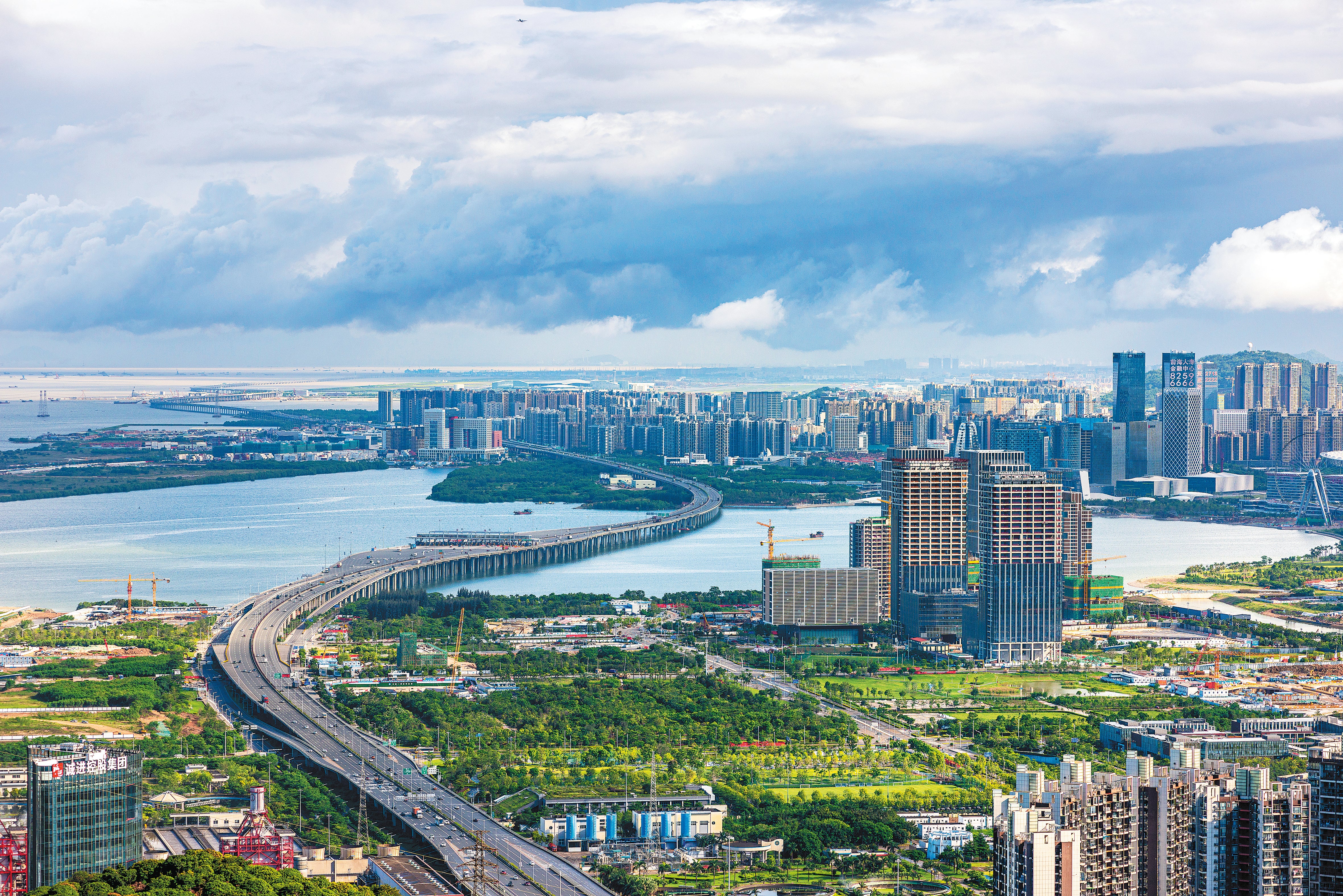Reform pioneer celebrates 43 years of far-reaching progress
THE ARTICLES ON THESE PAGES ARE PRODUCED BY CHINA DAILY, WHICH TAKES SOLE RESPONSIBILITY FOR THE CONTENTS

Zhong Zhenhua’s trip to Shenzhen, Guangdong province, more than 40 years ago was quite an eye-opener for him. Little did he realise how his journey would eventually lead him to the heart of China’s economic transformation.
“It was only by coming to Shenzhen that I realised I lived in a really tiny place. The energy and ambition I witnessed left an indelible mark on me. It was a wake-up call that inspired me to think bigger and aim higher in my pursuits,” said Zhong, 66, who owns an electronics trading company in the city.
In 1980, China was on the cusp of a new chapter in its history. Economic reforms were gradually sweeping across the nation, marking the end of decades of a planned economy and heralding the dawn of a new era of opportunity.
Zhong, a demobilised soldier from Hubei province, decided to venture into the unknown in Shenzhen, which at the time was a small fishing village poised to become a symbol of China’s modernisation. He was armed with a deep curiosity and thirst for adventure.
Zhong said, “Going to Shenzhen was, for many like me searching for opportunities, a chance to see the outside world in this burgeoning landscape.”
Zhong witnessed this transformative time in many ways and has been amazed by the way in which Shenzhen has developed so dramatically.
On 26 August, 1980, the 15th session of the Standing Committee of the Fifth National People’s Congress, China’s top legislature, approved the establishment of Special Economic Zones in Shenzhen, Zhuhai and Shantou in Guangdong, and Xiamen, Fujian province. Shenzhen was the first to launch such a zone, with the other three following in the next two years.
Zhong said arriving in Shenzhen was like stepping into a world of contradictions, as the dusty streets were home to glimmering fast-rising skyscrapers.
Despite having limited resources, he tried his hand at different ventures, ranging from starting a small restaurant to engaging in electronics manufacturing. Despite initial setbacks, his willingness to adapt and keen eye for emerging trends allowed him to capitalise on changing market dynamics.
Over the 43 years, Shenzhen has progressed from being a fishing village on the South China Sea coast into a modern metropolis. Before becoming a SEZ, Shenzhen had only 330,000 residents in 1979, with a GDP of $131 million. In 2022, it ranks third on the list of Chinese cities with a GDP of over $481 billion (£382 billion), higher than that of countries such as Malaysia, Vietnam and South Africa.
Wei Jianzhang, vice-president of the Belt and Road Initiative’s International Cooperation and Development Research Institute in Shenzhen, said: “This city is a product of China’s exploration towards modernisation. It is a catalyst for reform.”
SEZ status provided Shenzhen with preferential policies and incentives to attract foreign investment, and its proximity to Hong Kong played a significant role in Shenzhen’s early development by facilitating the transfer of knowledge, expertise and capital, propelling rapid industrialisation and urbanisation, Wei added.
When it was launched as a SEZ, Shenzhen introduced a number of unprecedented policies in China, including a project-bidding initiative in 1981, salary reform the following year, the issuance of the first stocks in China in 1983, and the introduction of temporary residence permits in 1985.
It did not take long for Shenzhen’s economy to take off – its GDP reached 3.9 billion yuan (£426 million) in 1985, 14 times that of 1980.
Wei said that in addition to Shenzhen’s economic and institutional reforms, the city’s soft power should be highlighted, as Shenzhen encompasses a unique culture of reform and innovation centred on entrepreneurship, dedication and craftsmanship.
“The city boldly explored uncharted territory and transmitted its pioneering ethos throughout China, establishing a foundation for comprehensive reform and opening-up,” Wei said.
“More than 80 per cent of Shenzhen’s population hails from other regions, contributing to its migrant culture that embraces risk-taking, resilience to failure, and the pursuit of excellence.”
Subscribe to Independent Premium to bookmark this article
Want to bookmark your favourite articles and stories to read or reference later? Start your Independent Premium subscription today.